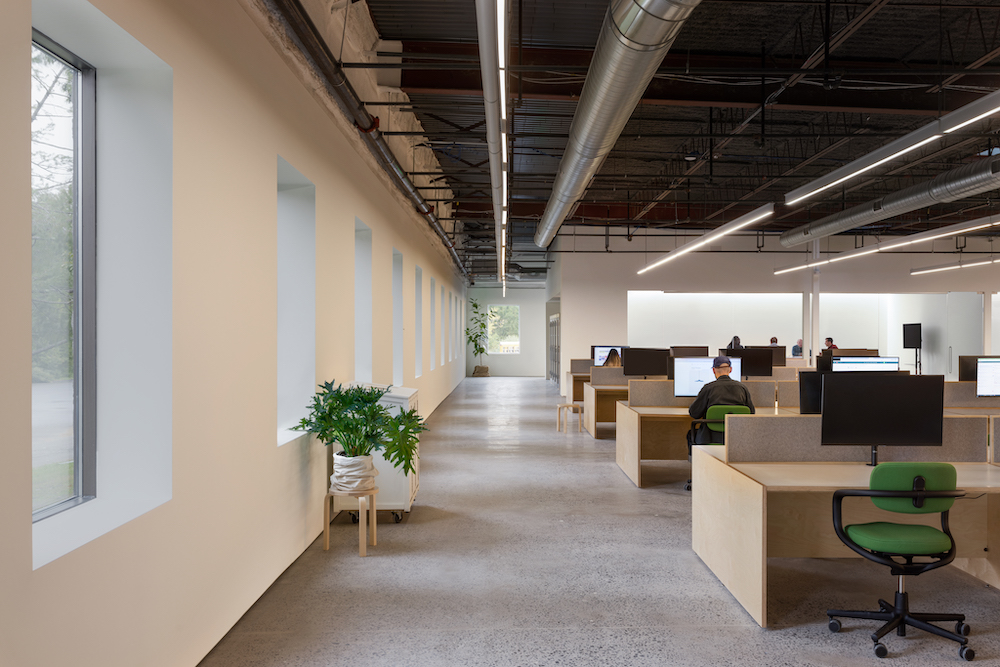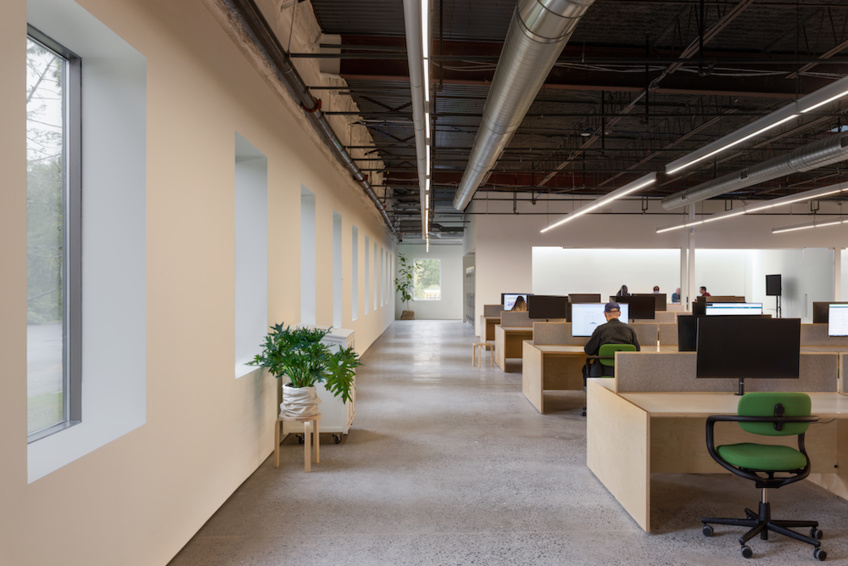Office building owners and managers can reduce costs and lower carbon emissions while adapting to modern, flexible work environments, according to a new collaborative study. The global real estate group Lendlease, sustainable consultancy firm Arup, and Schneider Electric, a leader in digital energy management and automation, present innovative strategies to enhance commercial real estate value (CRE) in their white paper, "Get more from your core investments: How faster fit-outs can drive higher returns for commercial properties." This paper discusses balancing flexible occupancy opportunities with sustainability challenges.
The initiative's urgency is emphasized by Estelle Monod, Global Buildings President at Schneider Electric, who cites a McKinsey report highlighting that buildings contribute nearly 40% of global carbon emissions. Monod stresses the need for immediate action due to stringent environmental regulations, changing tenant and investor expectations, and market volatility. Schneider Electric, Lendlease, and Arup are dedicated to providing solutions that support this transition.
As leaders in the CRE sector, these companies leverage their expertise to address the industry's evolving needs through technological advancements that enhance building adaptability, reduce waste, and improve environmental performance. Andy Hodgson, Global Advisory Services Leader at Arup, explains that addressing carbon reduction while managing post-COVID office occupancy is a significant challenge for commercial real estate. He suggests that a flexible design approach can offer financial benefits and enable more adaptable leasing arrangements.
Traditional construction methods often fall short in sustainability and carbon accounting. In response, Schneider Electric, Lendlease, and Arup have developed a practical guide that demonstrates how adaptable building services can balance flexible occupancy with reduced carbon emissions and material waste.
The white paper presents a new approach to integrated building services in commercial office spaces, applied to one floor of a major office tower in Sydney, Australia, showing measurable benefits. Modeled scenarios for a single building reveal potential lifecycle cost reductions, additional revenues, and savings of over 1,500 tons of carbon dioxide over 30 years. Hodgson notes that reducing costs can lead to higher rental value and shorter vacancy periods, with the model inherently providing energy savings not yet accounted for.
Beyond financial benefits, landlords can improve space utilization and tenant comfort through advanced apps and automation. Tenants gain insights into space usage, enabling them to adapt their environments for maximum efficiency and comfort.
Click here to download the white paper to know more about this innovative project’s full findings and implications.
The initiative's urgency is emphasized by Estelle Monod, Global Buildings President at Schneider Electric, who cites a McKinsey report highlighting that buildings contribute nearly 40% of global carbon emissions. Monod stresses the need for immediate action due to stringent environmental regulations, changing tenant and investor expectations, and market volatility. Schneider Electric, Lendlease, and Arup are dedicated to providing solutions that support this transition.
As leaders in the CRE sector, these companies leverage their expertise to address the industry's evolving needs through technological advancements that enhance building adaptability, reduce waste, and improve environmental performance. Andy Hodgson, Global Advisory Services Leader at Arup, explains that addressing carbon reduction while managing post-COVID office occupancy is a significant challenge for commercial real estate. He suggests that a flexible design approach can offer financial benefits and enable more adaptable leasing arrangements.
Traditional construction methods often fall short in sustainability and carbon accounting. In response, Schneider Electric, Lendlease, and Arup have developed a practical guide that demonstrates how adaptable building services can balance flexible occupancy with reduced carbon emissions and material waste.
The white paper presents a new approach to integrated building services in commercial office spaces, applied to one floor of a major office tower in Sydney, Australia, showing measurable benefits. Modeled scenarios for a single building reveal potential lifecycle cost reductions, additional revenues, and savings of over 1,500 tons of carbon dioxide over 30 years. Hodgson notes that reducing costs can lead to higher rental value and shorter vacancy periods, with the model inherently providing energy savings not yet accounted for.
Beyond financial benefits, landlords can improve space utilization and tenant comfort through advanced apps and automation. Tenants gain insights into space usage, enabling them to adapt their environments for maximum efficiency and comfort.
Click here to download the white paper to know more about this innovative project’s full findings and implications.


 Enhance CRE Value: Sustainable, Flexible Office Solutions for Lower Costs & Emissions
Enhance CRE Value: Sustainable, Flexible Office Solutions for Lower Costs & Emissions





 Companies
Companies